Sorghum Update: Growth, Challenges and Global trends.
By Paige Hill
16th January, 2024
Abundant December rainfall has led to prosperous sorghum crops in the Darling Downs, with expectations of at least average yields, challenging the initial forecast of 21% decline in sorghum planted area for 2023–24 due to well-below-average soil moisture levels. In certain regions, farmers have opted for sorghum over cotton, driven by the availability of water and the sorghum plant's resilience. While the majority of crops were planted in December, some early planted sorghum patches faced challenges due to insufficient rainfall in October.
Many growers were discouraged from planting during the early window (September to mid-November). Additionally, a below-average spring rainfall outlook is expected to have contributed to this decline. Despite staggered progress the majority of sorghum crops are growing well whereas in northern New South Wales and southern Queensland earliest harvests are expected to start at the end of this month. Many Central Queensland growers are still planting which could see harvest in this region continue well into June or July.
ABARES forecasts the current sorghum crop at 1.5 million tonnes, but potential upside exists if northern region storms persist during the growing season. The latest USDA report, released on Friday, reveals a forecasted global coarse grain production increase of 11.9 million tons for 2023/24, totaling 1,513.9 million tons. Key global coarse grain trade changes for 2023/24 include elevated corn exports for Turkey, reduced exports for Brazil and India, increased corn imports for Iran, Iraq, and Turkey, and decreased imports for the EU, Bangladesh, and Vietnam. The United States anticipates higher sorghum exports, with increased sorghum imports expected for China. China's corn feed and residual use are raised based on a larger crop. Traders indicate that China is likely to be the primary destination for new-crop sorghum, while the domestic market shows a preference for wheat and barley unless sorghum prices decrease significantly.
Wheat quality holds up against widespread rain.
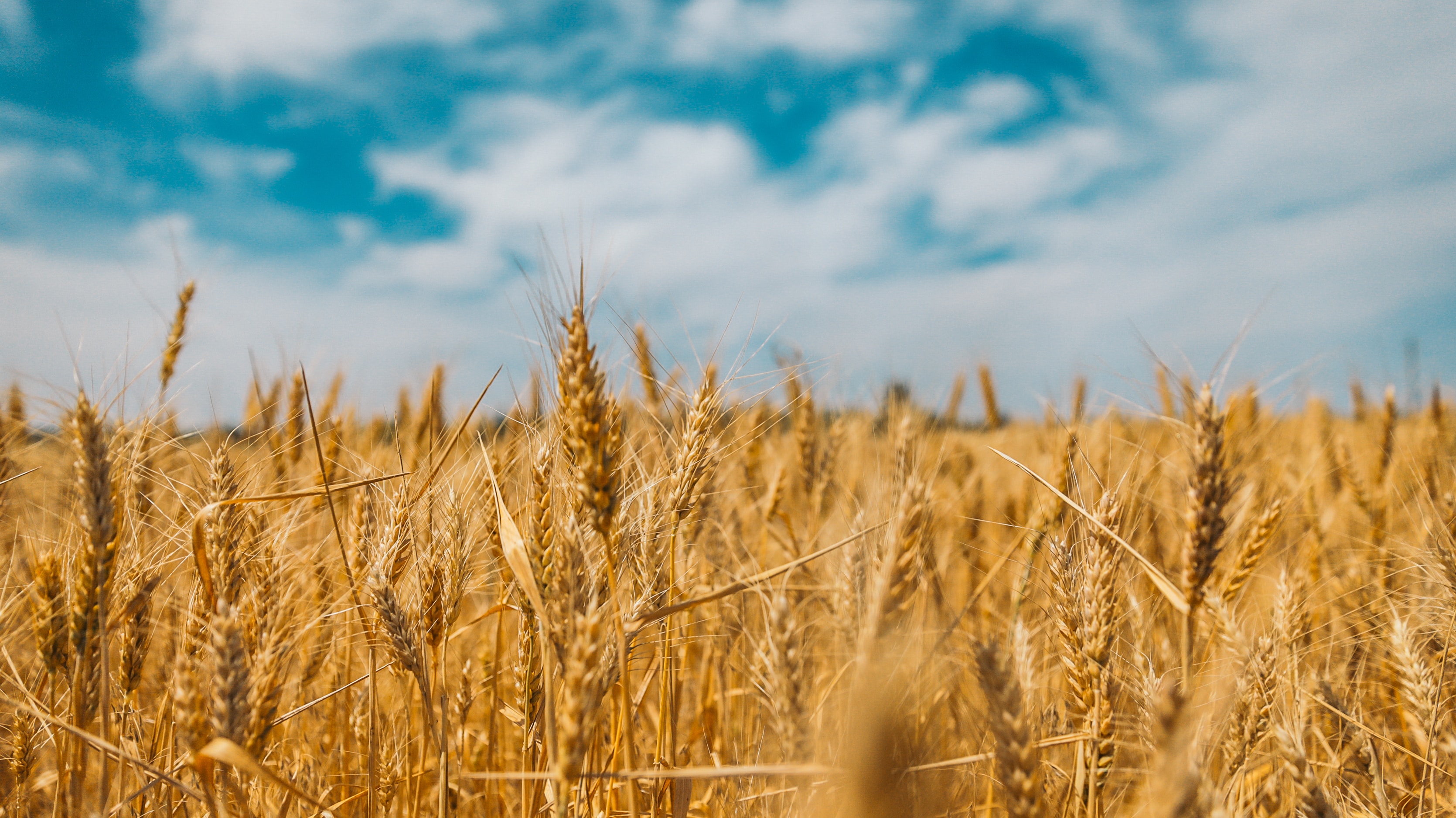
Like it or not, rainfall has been the order of the day for many parts of the country with winter crop still to harvest. Various locations through Southern New South Wales, Victoria and South Australia have received up to 200mls in the last couple of weeks........
Read MoreRain turns the tables on summer crop plantings.
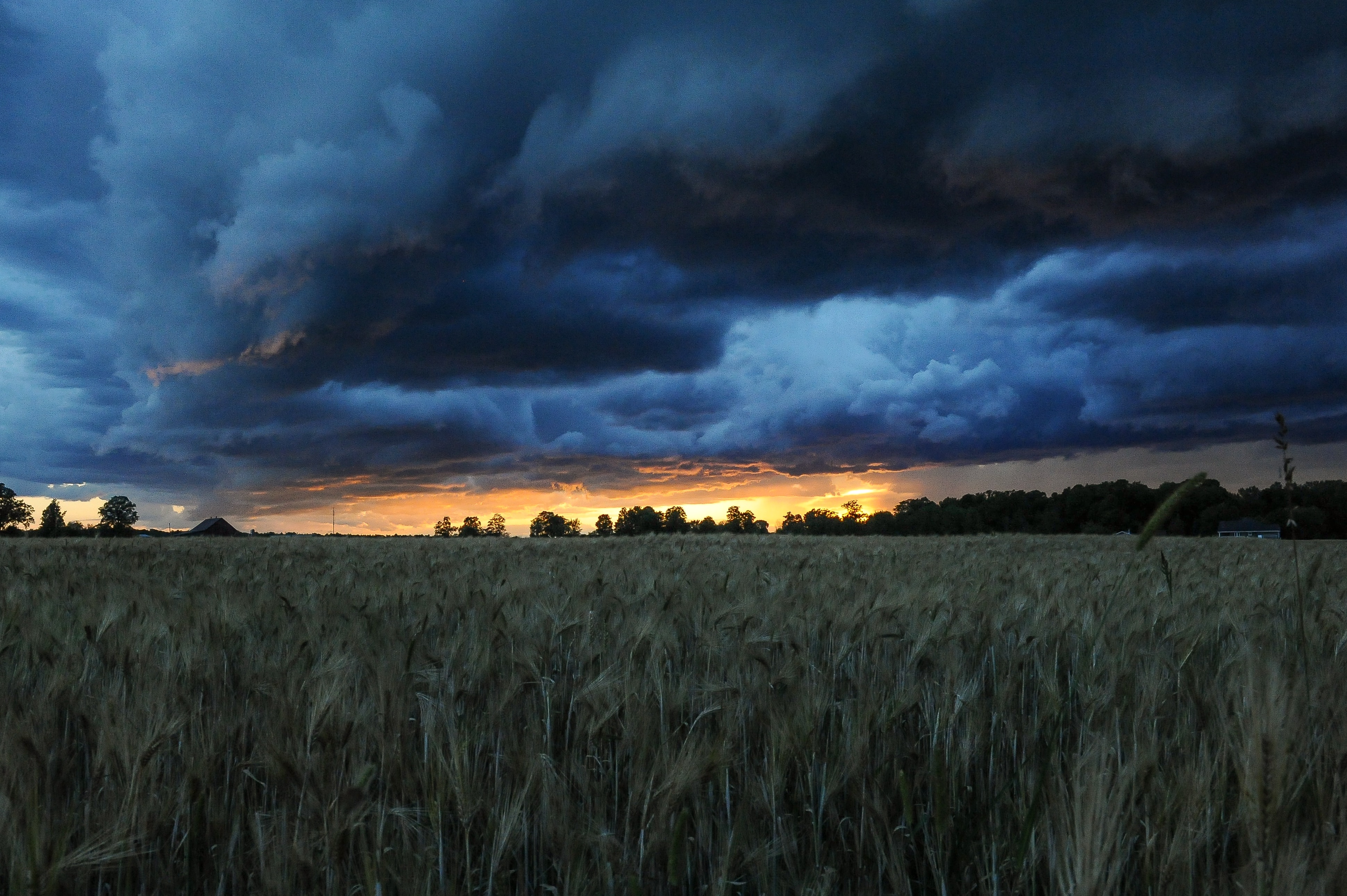
One can only hope that after the big falls across the eastern cropping belt last week, that the BOM manages to get this week’s forecast right, and growers in Southern NSW and Victoria escape any significant additional rain..........
Read MoreRain welcome in the North with Sorghum set to be sown.
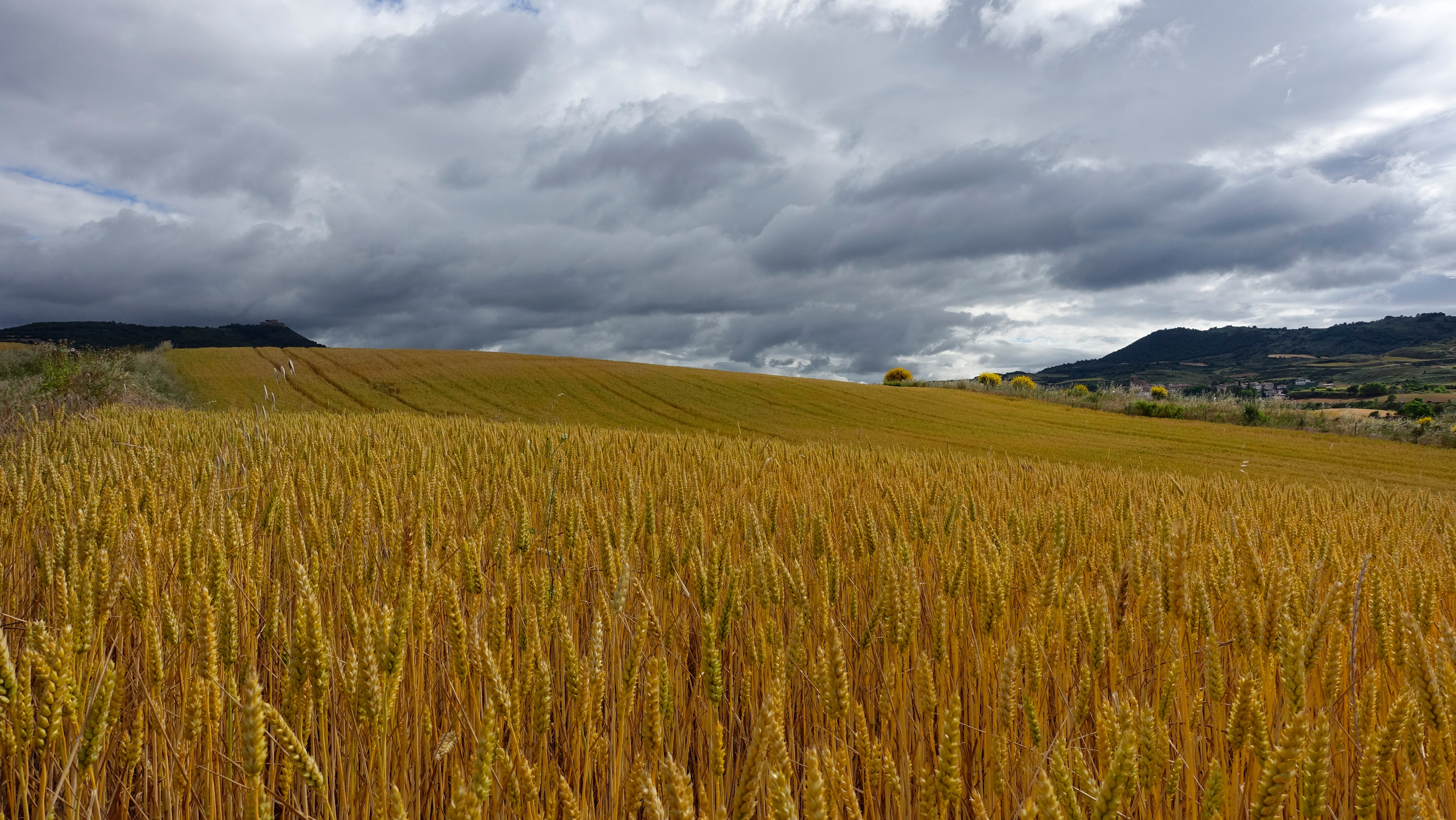
Storm conditions have provided welcome rainfall to areas of Southern Queensland and Northern New South Wales. With rainfall totals between 15-50mm in the last week and some areas receiving more than 100mm........
Read MoreHarvest progresses at record pace
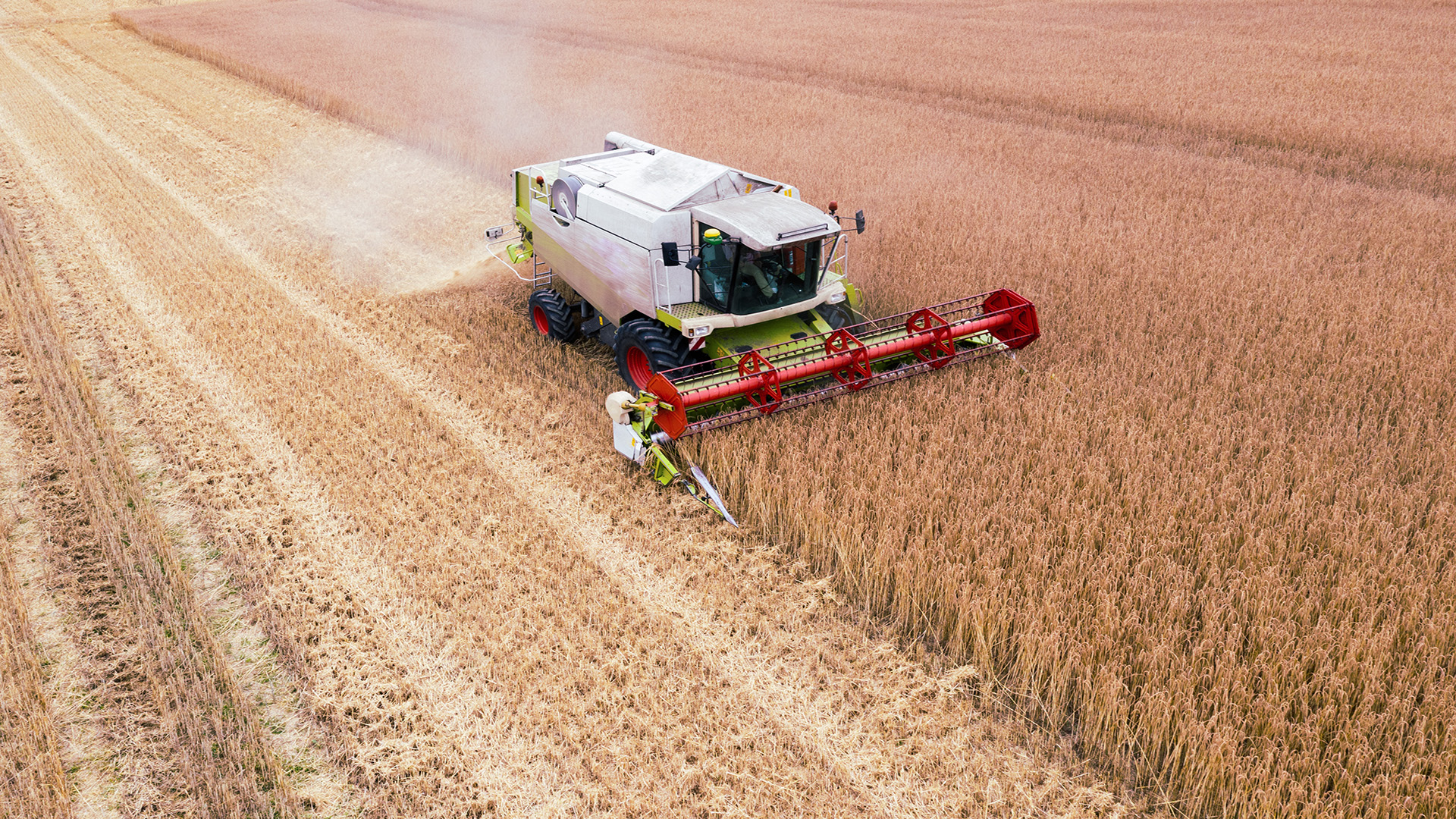
The Aussie winter crop harvest is about halfway toward completion, with plenty of grain still on the stalk in the southern parts of Western Australia, South Australia and New South Wales as well as the bulk of Victoria.......
Read MoreWA Market Wrap
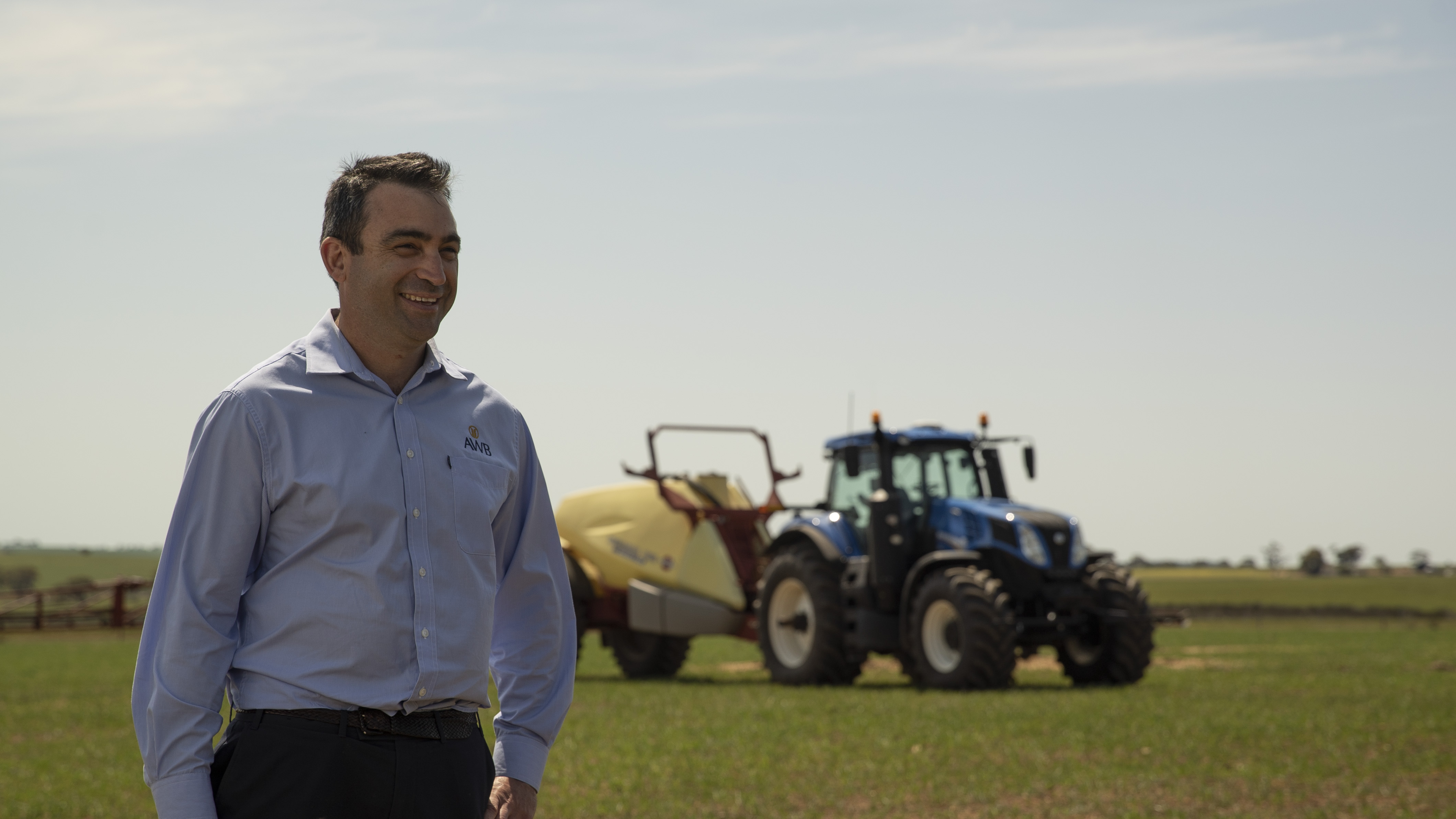
The Western Australian harvest looks like being a quick one with a lot of light crops this year. Receivals in the Geraldton zone started in mid-September and a number of growers have already finished. Production expectations were not high given the lack of summer and growing season rain in most parts of the region......
Read MoreHarvest moves South
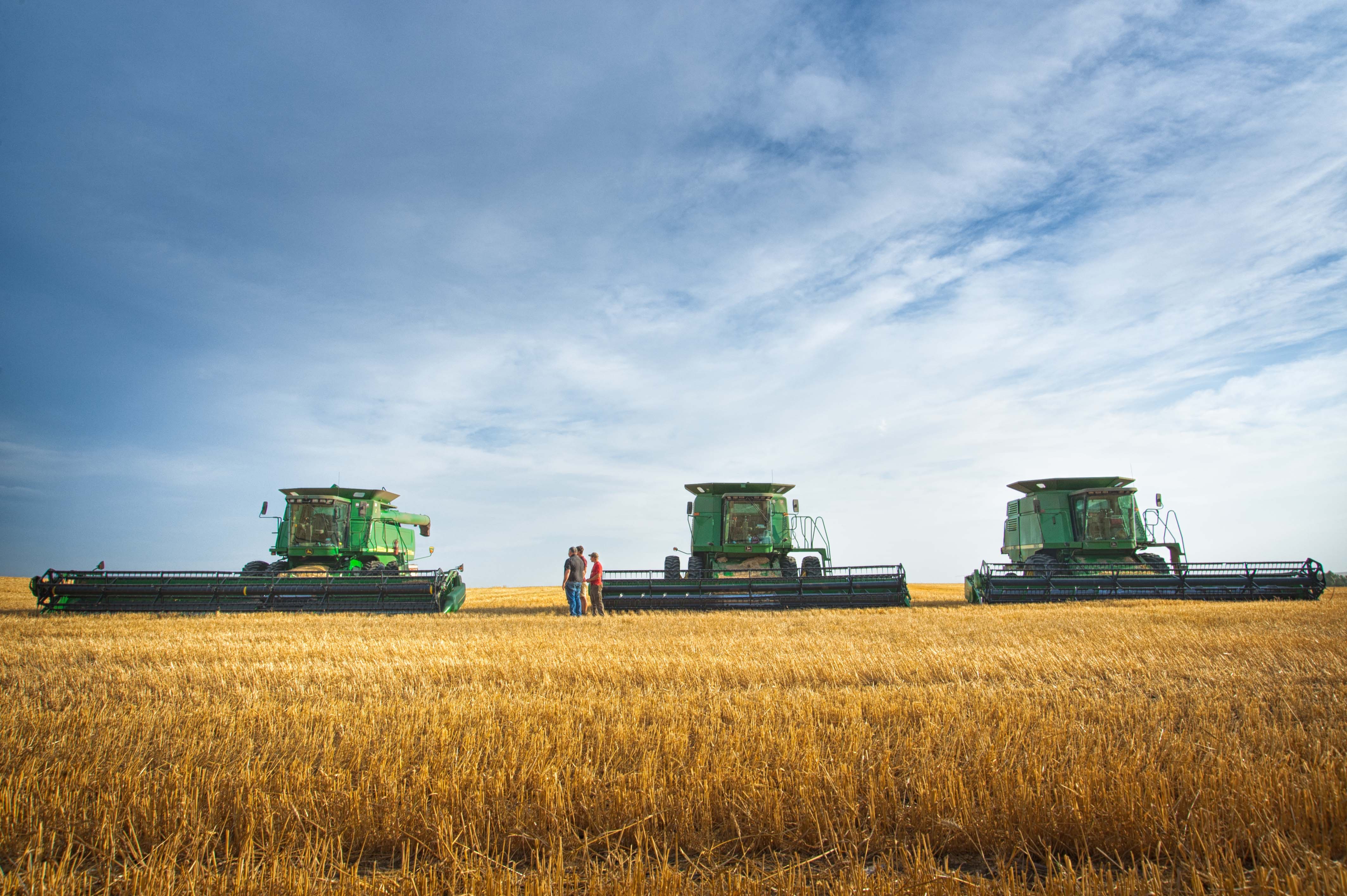
Queensland and Northern NSW have parked the headers and are done and dusted, while Central NSW is about 50% done. Southern NSW is seeing more headers in canola and barley paddocks, and we should start to see some activity in wheat paddocks sooner rather than later......
Read MoreHarvest well ahead of previous years
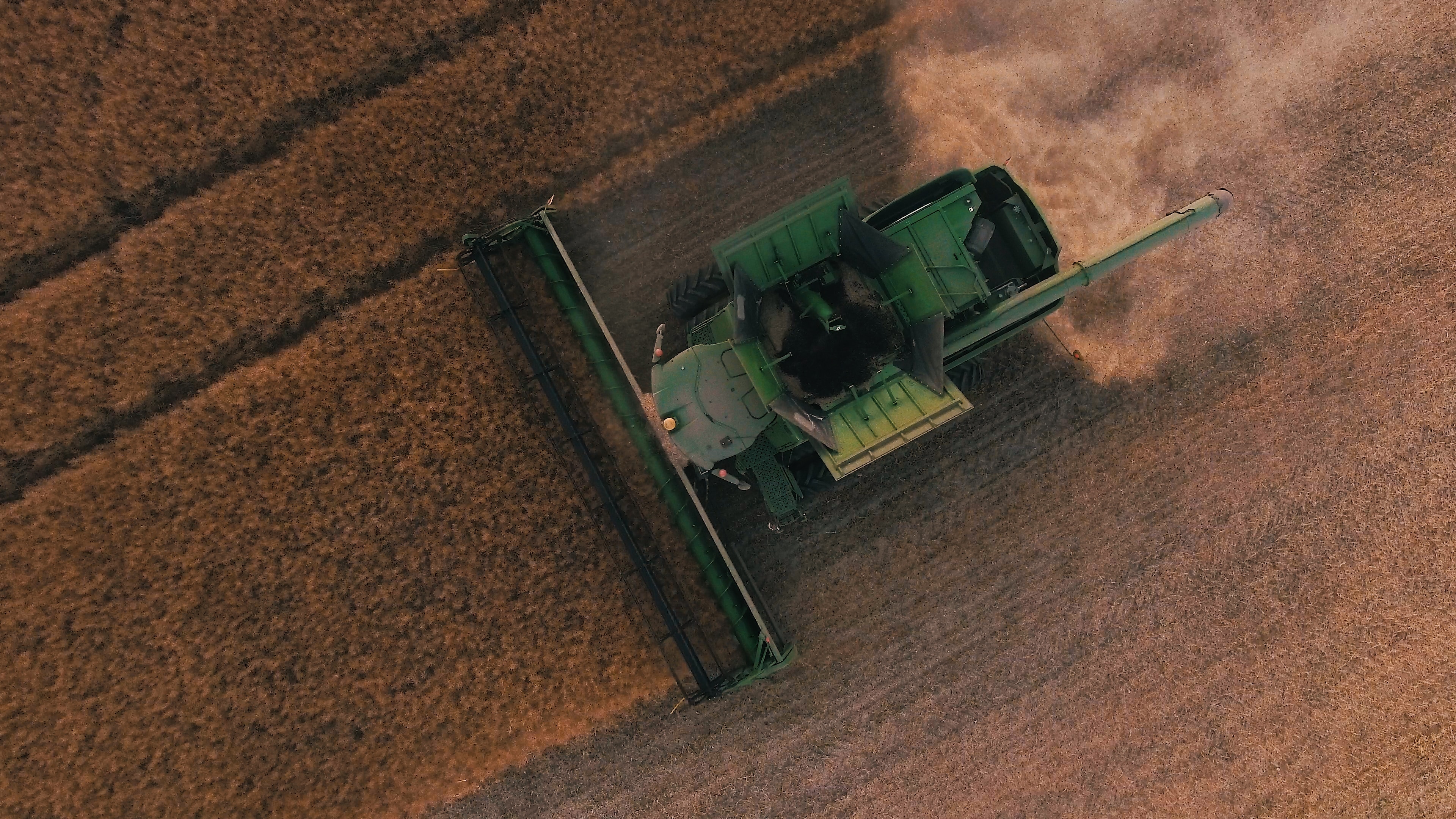
As we move further into November, harvest progresses at an incredibly rapid pace. Traditionally harvest would be 10% completed in the northern part of the Port Kembla zone by the end of the first week of November......
Read MoreAn update on harvest
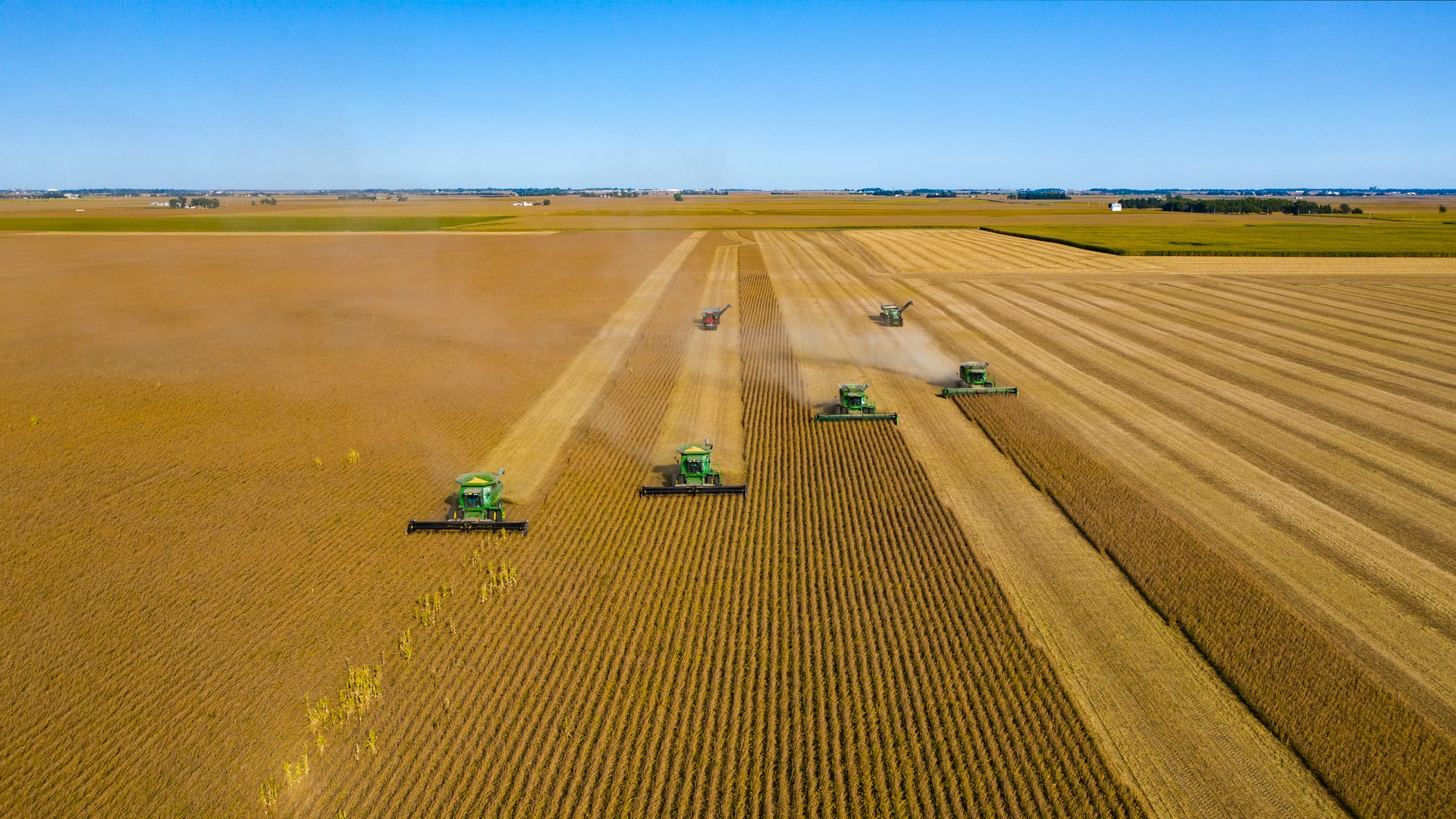
Harvest is rounding the home straight in Queensland and Northern New South Wales nearing 50-60%. Quality to date has been reflective of the seasonal conditions, with the lack of moisture contributing to grades milling around the centre of the quality chart, with ASW1/AUH2/APW1 the main grades being presented at bulk handling sites......
Read MoreDry weather hits sorghum production.
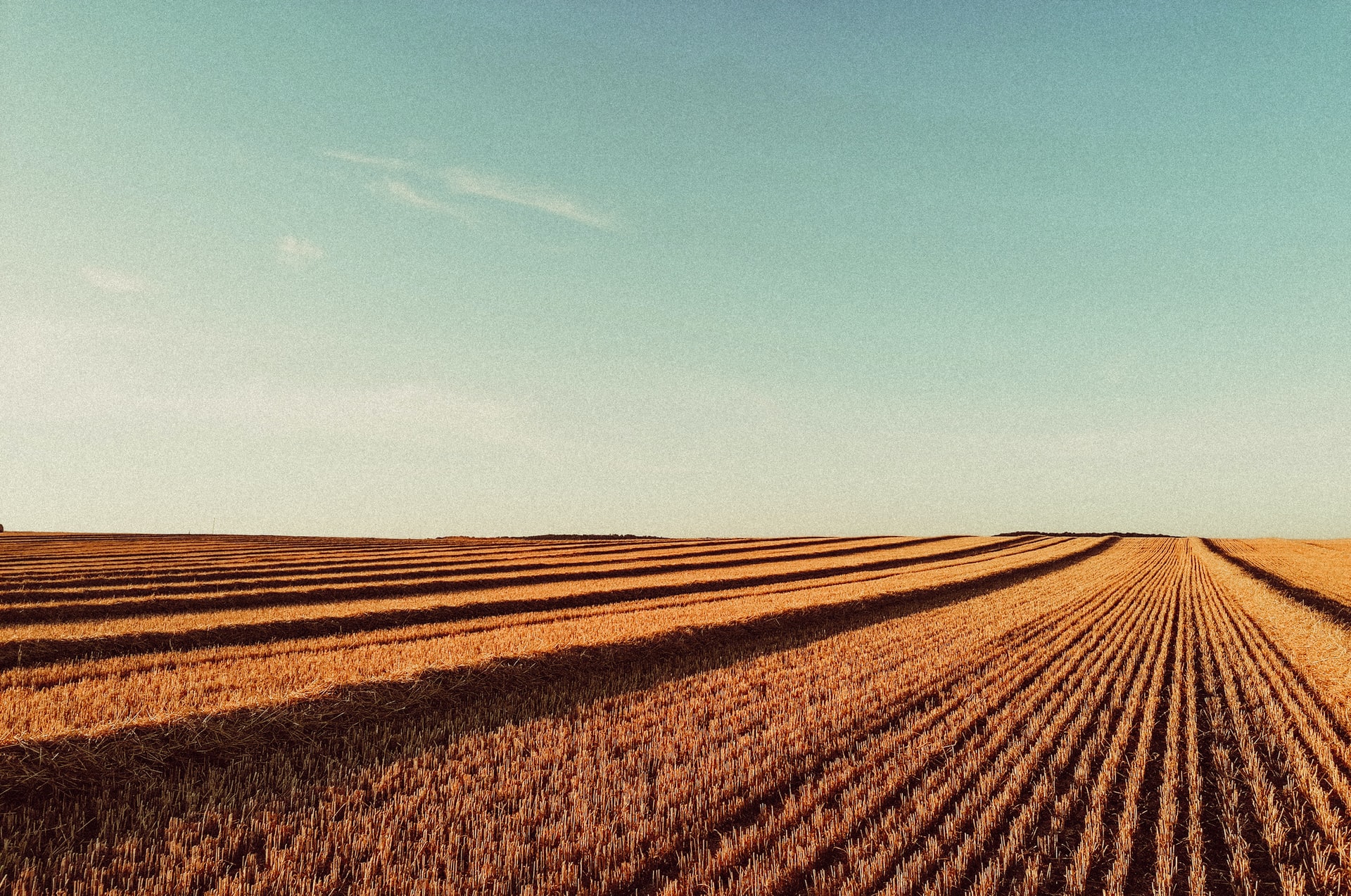
The weather in recent weeks has generally been favourable to most grain producing regions. Areas in the north have seen clear weather allowing harvest to progress at perhaps a pace faster than many would like.....
Read MoreHarvest activity increase sees prices decrease
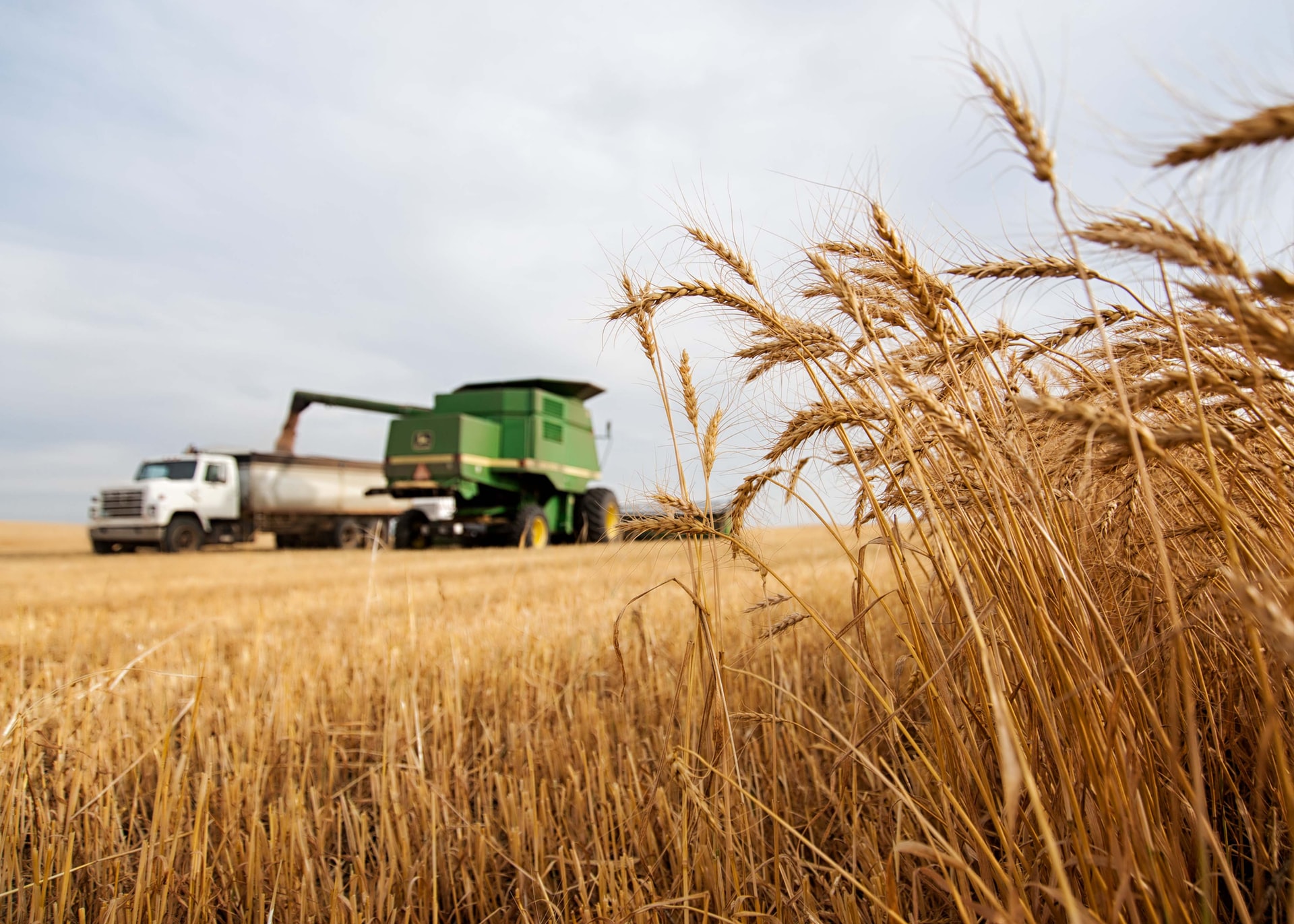
Harvest has now kicked off in most of the country’s northern cropping regions and as header activity rapidly moves south it won’t be long before we’re well and truly underway across all zones. Queensland growers are now stripping wheat as canola is making its way into receival sites as far south as the NSW Sturt Highway....
Read MoreRain makes grain
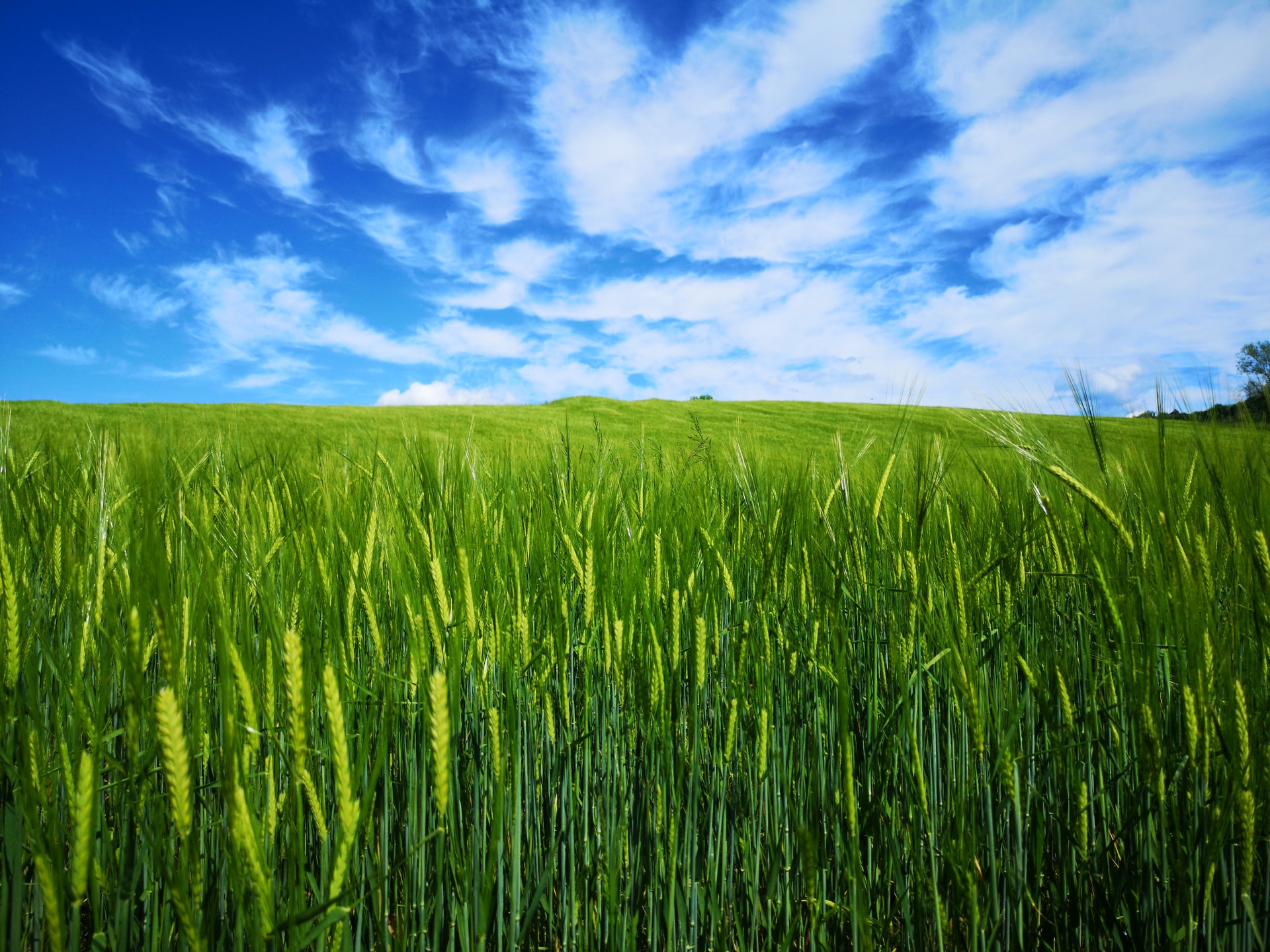
Its fair to say that a rain in spring is worth its weight in gold and last week we saw this come to fruition with reports of 15mm to 100mm+ recorded. In some regions, the rain came too late to add yield, however this one event will certainly lead to small grain size and pinched grain being a lot less common occurrence than it might have been, as crops were beginning to run out of moisture.....
Read MoreGlobal Wheat Production Estimates Lowered With Drier Outlook
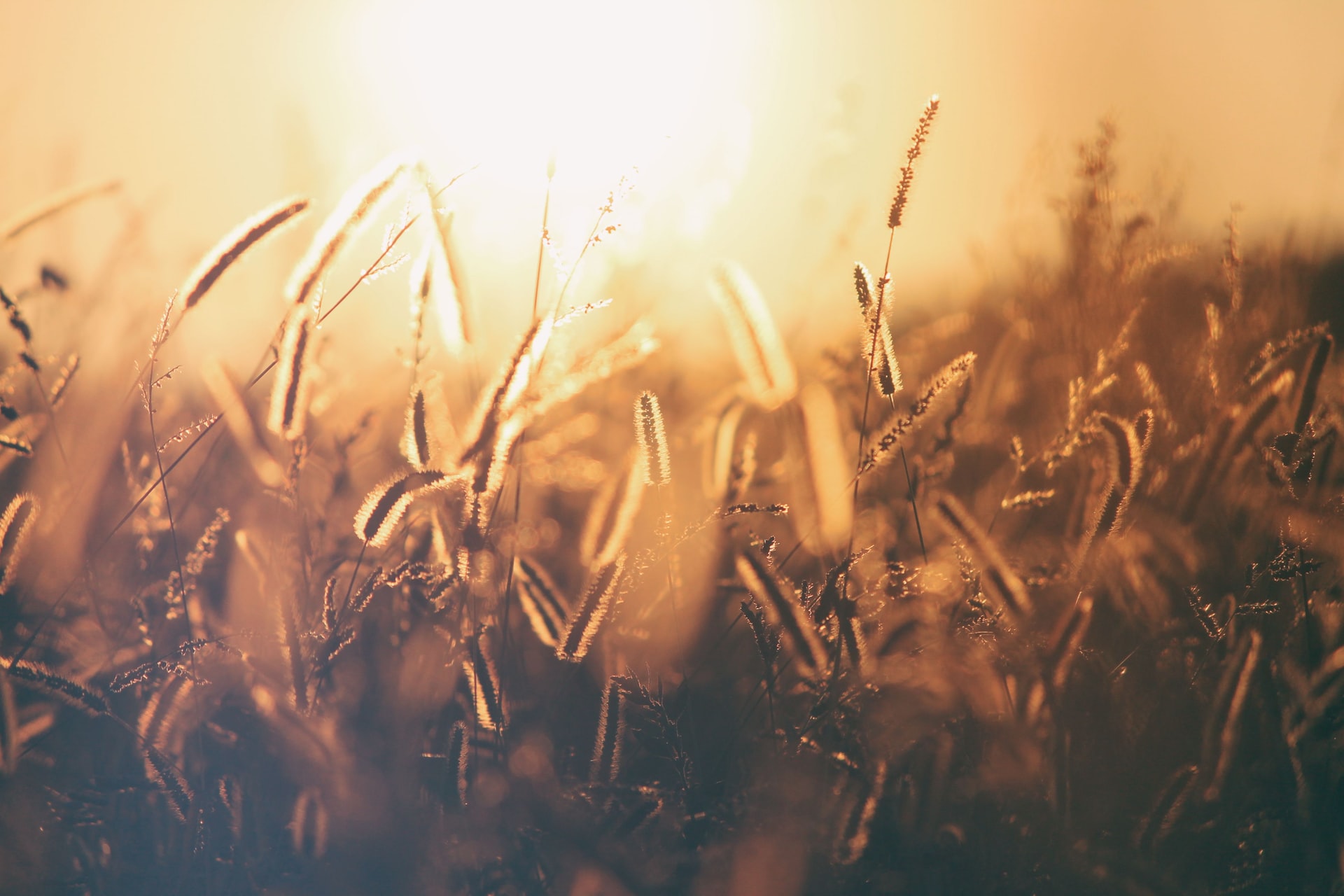
Looks like September was one for the record books with what might have been the warmest and driest since records began, not to mention Collingwood tying with Essendon and Carlton with 16 grand final wins on the last day of the month....
Read MoreHow Time flies
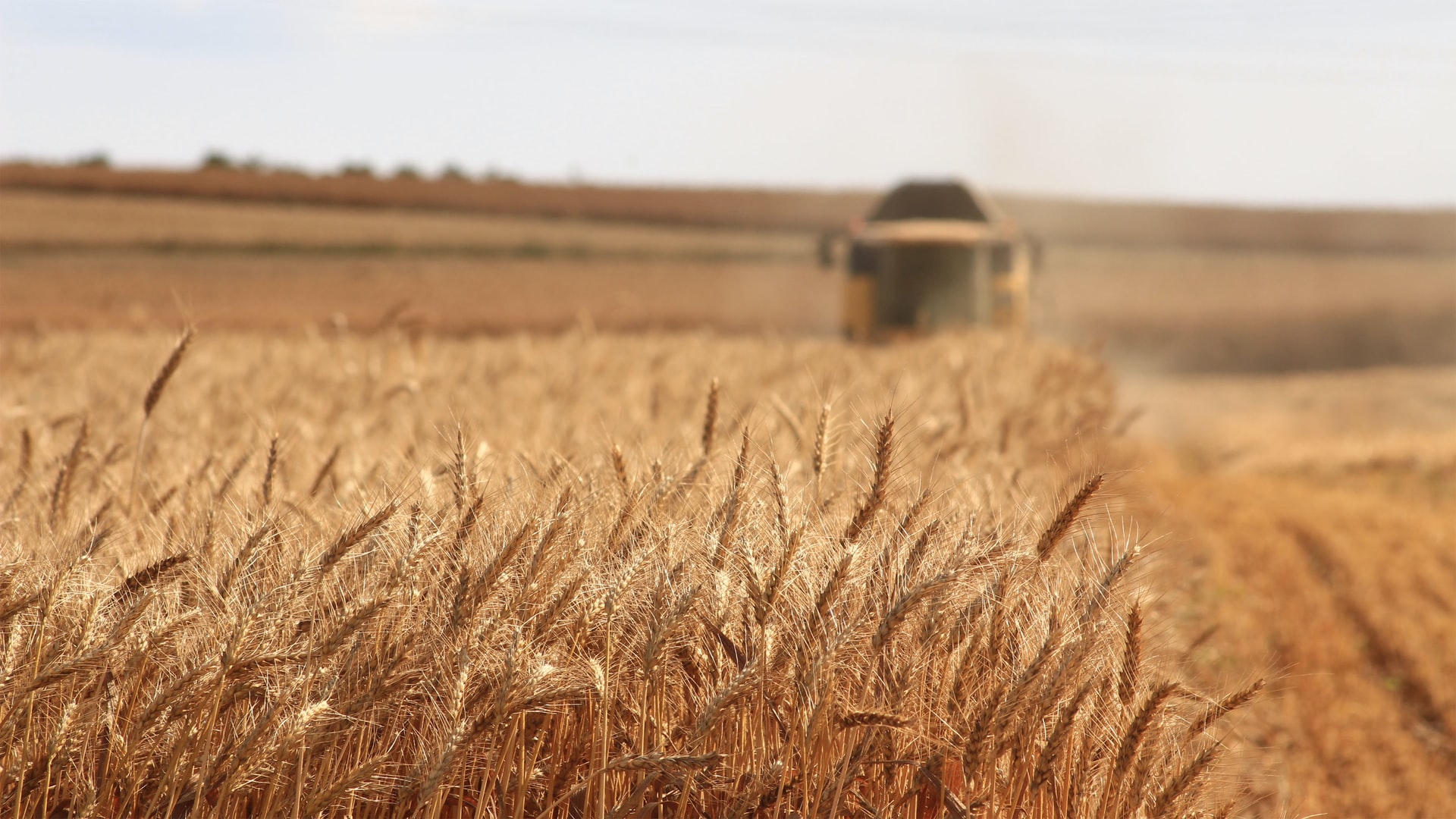
It seems like only yesterday that we were celebrating a Geelong premiership, but 12 months has flown by and its Grand Final week again. It also feels like we only just put last year’s harvest to bed, but in the blink of an eye we are back at it again....
Read More